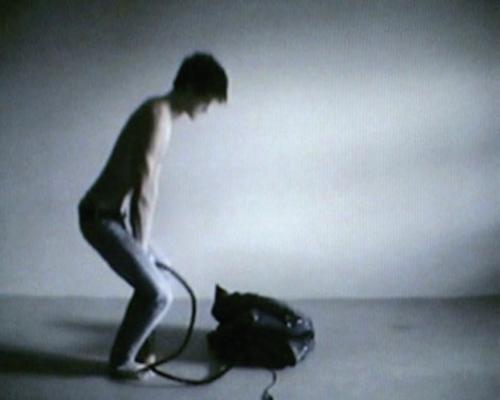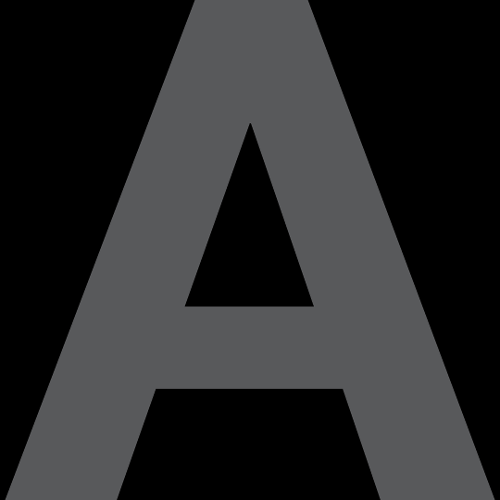Search
You searched in Feature ...







Director of the Media and Communications Program at the University of Melbourne Professor Sean Cubitt asks: what is the weight of the internet, is it green, clean and immaterial with no environmental costs? The answer is a scary and resounding no.
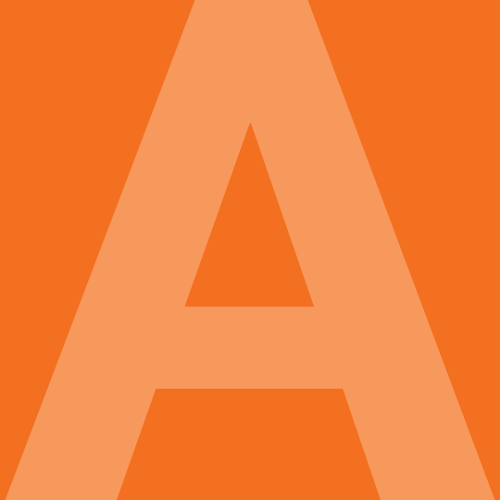
Freelance writer, author of True Green @ Work and editor Tim Wallace discusses the conflict between new technologies making everything available for free and writers and content creators needing to be paid. He quotes from on a book by Kevin Kelly called New Rules for the New Economy: 10 Radical Strategies for a Connected World: 'The only factor becoming scarce in a world of abundance is human attention.'
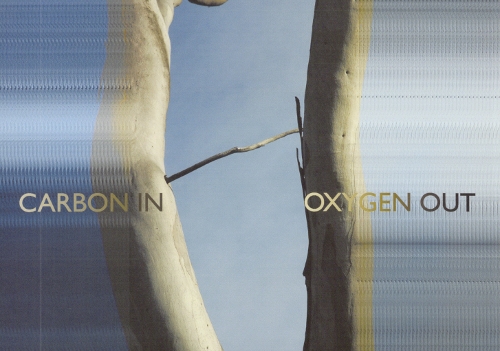
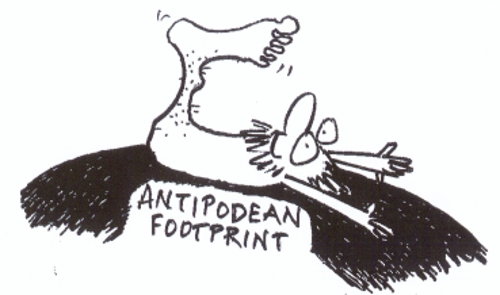

Copyright lawyer Zoe Rodriguez discusses the implications of digitising works of literature and the contentious Google Book Settlement of 2009.
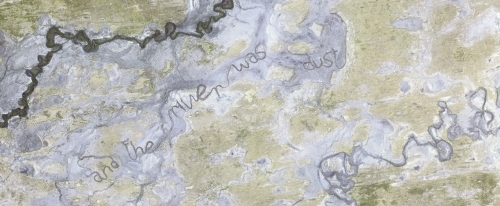

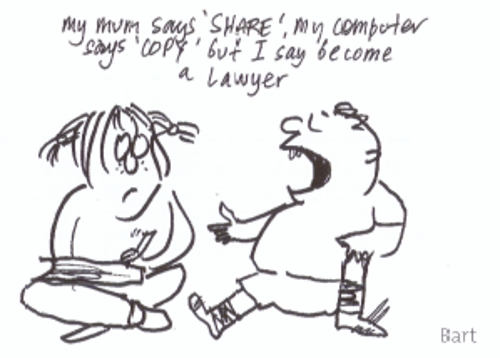
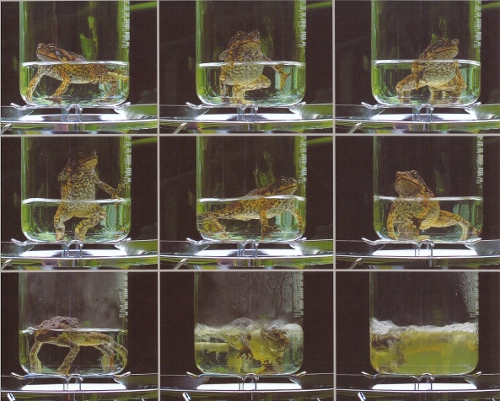
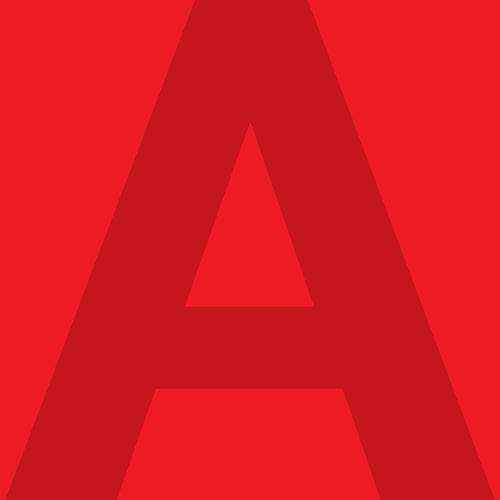
Novelist and sinologist Linda Jaivin rejects the excess writing and publishing that the internet affords every person with a keyboard and compares it to Milan Kundera's definition of graphomania(an obsession with writing books). She would rather have fewer readers than more scanners believing that a 'long form' like a novel or book-length non-fiction needs slow writing and carefully crafted prose.



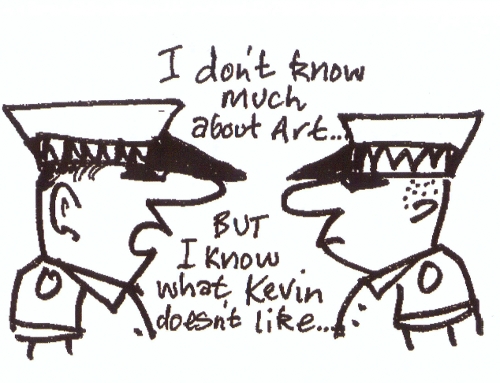



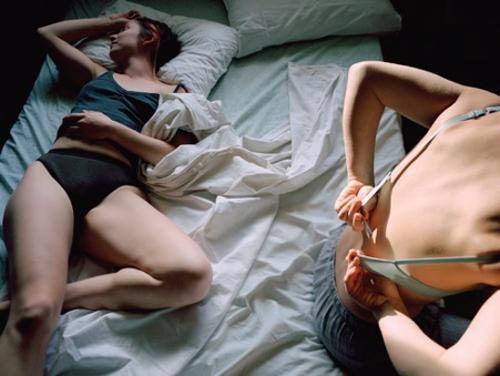


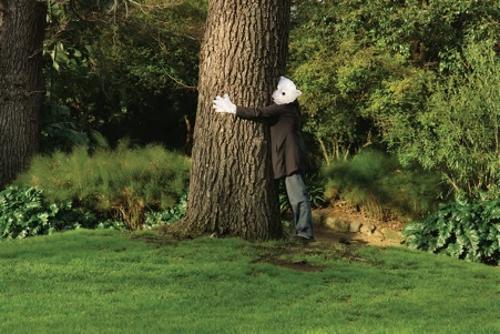

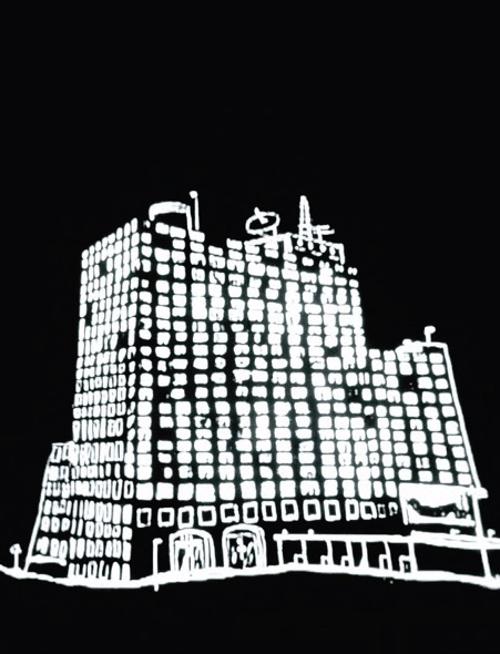



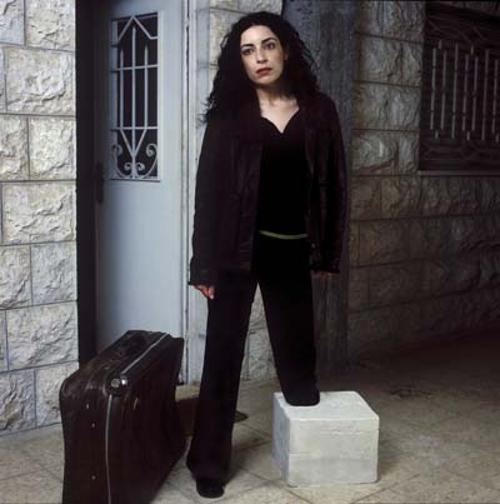
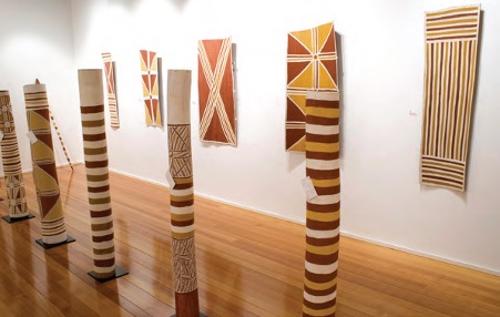








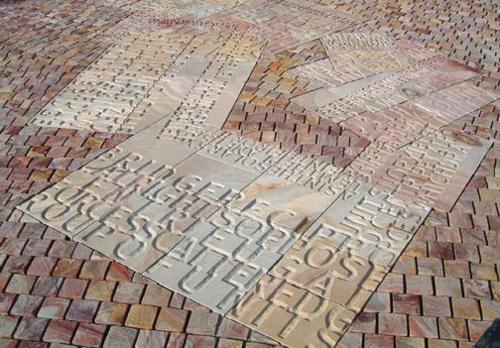

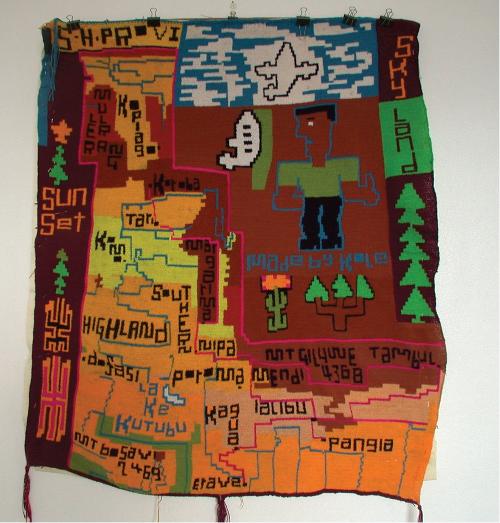

This article explores new territory opened up by a cross-cultural collaboration between Indigenous poet Jim Everett and visual artist Jonathan Kimberley.



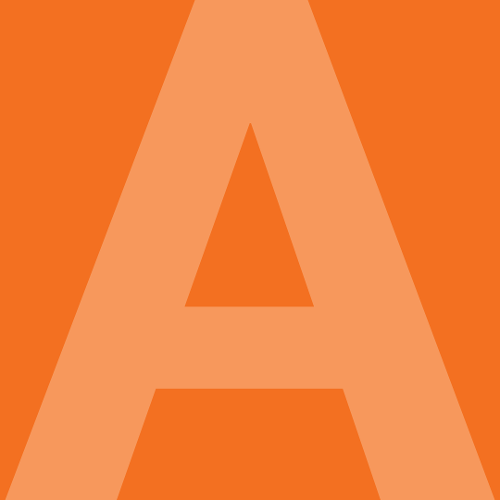
Timothy Morrell provides the reader with a keen description in relation to the role that the art organisation NAVA (National Association for the Visual Arts) has within Australia's government but also the empowerment they claim to provide practicing artists. Morrell also includes some insight towards the rights of the common artworker by presenting some examples as to where they stand within Australian society but also how they operate in co-relation with the governments guidelines and in particular the controversial portrayal of nudity in art. A conclusive article articulating the importance of government organisations such as NAVA, Morrell provides an insightful discussion towards the role of the artist within Australian society but also the co-operation needed from the government to enable a sufficient means of expression from artists.









